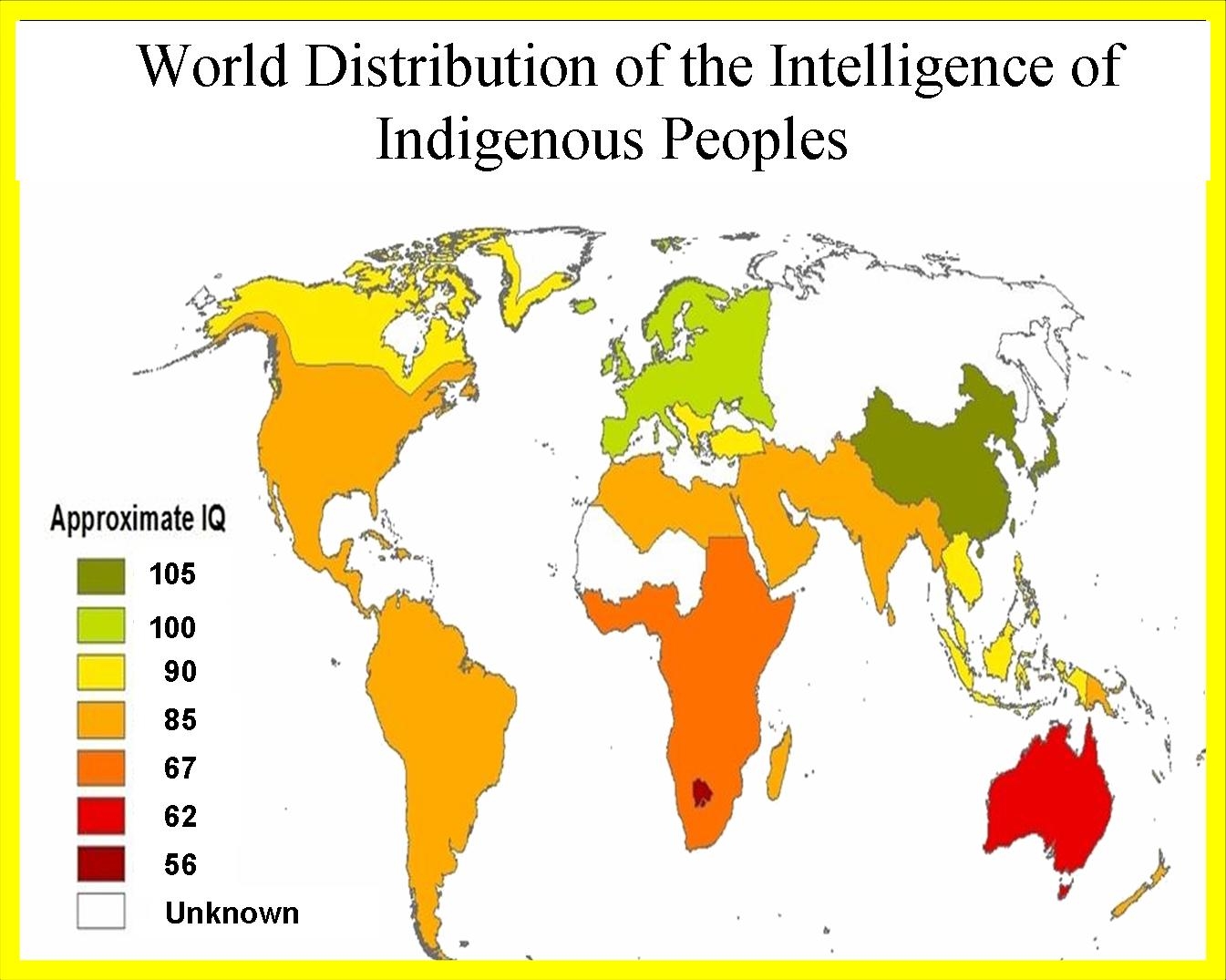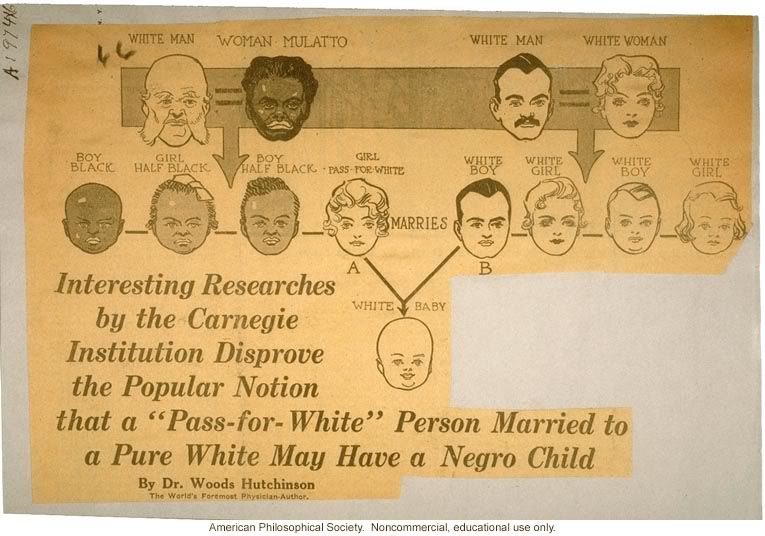Corruption Perceptions Index 2003
The CPI 2003 Score relates to perceptions of the degree of corruption as seen by business people, academics and risk analysts, and ranges between 10 (highly clean) and 0 (highly corrupt). A total of 15 surveys were used from nine independent institutions, and at least three surveys were required for a country to be included in the CPI.
Go to: Other success factors for nations and individuals
| CPI | ||||||||
| Countries - listed in order from least to most corrupt in 2003, as perceived by others |
Corruption Perception Index 2003 from: http://www.transparency.org/ cpi/2003/cpi2003.en.html |
GDP/ capita 2002 with Purchasing Power Parity from: http://www.worldfactsandfigures.com/ gdp_country_desc.php |
Average IQ in the nation from: http://www.rlynn.co.uk/pages/ article_intelligence/t4.htm |
Degree of Development | ||||
| Finland |
9.7
|
26,200
|
97
|
Developed | ||||
| Iceland |
9.6
|
25,000
|
98
|
Developed | ||||
| New Zealand |
9.5
|
20,200
|
100
|
Developed | ||||
| Denmark |
9.5
|
29,000
|
98
|
Developed | ||||
| Singapore |
9.4
|
24,000
|
100
|
Developed | ||||
| Sweden |
9.3
|
25,700
|
101
|
Developed | ||||
| Netherlands |
8.9
|
26,900
|
102
|
Developed | ||||
| Australia |
8.8
|
27,000
|
98
|
Developed | ||||
| Switzerland |
8.8
|
31,700
|
101
|
Developed | ||||
| Norway |
8.8
|
31,800
|
98
|
Developed | ||||
| United Kingdom |
8.7
|
25,700
|
100
|
Developed | ||||
| Canada |
8.7
|
29,400
|
97
|
Developed | ||||
| Luxembourg |
8.7
|
44,000
|
101
|
Developed | ||||
| Hong Kong |
8.0
|
26,000
|
107
|
Developed | ||||
| Austria |
8.0
|
27,700
|
102
|
Developed | ||||
| Germany |
7.7
|
26,600
|
102
|
Developed | ||||
| Belgium |
7.6
|
29,000
|
100
|
Developed | ||||
| Ireland |
7.5
|
30,500
|
93
|
Developed | ||||
| United States |
7.5
|
37,600
|
98
|
Developed | ||||
| Chile |
7.4
|
10,000
|
93
|
Developed | ||||
| Israel |
7.0
|
19,000
|
94
|
Developed | ||||
| Japan |
7.0
|
28,000
|
105
|
Developed | ||||
| Spain |
6.9
|
20,700
|
99
|
Developed | ||||
| France |
6.9
|
25700
|
98
|
Developed | ||||
| Portugal |
6.6
|
18,000
|
95
|
Developed | ||||
| Oman |
6.3
|
8,200
|
83
|
Developing | ||||
| Bahrain |
6.1
|
14,000
|
83
|
Developed | ||||
| Cyprus |
6.1
|
15,000
|
92
|
Developed | ||||
| Botswana |
5.7
|
9,500
|
72
|
Developing | ||||
| Taiwan |
5.7
|
18,000
|
104
|
Developed | ||||
| Qatar |
5.6
|
21,500
|
78
|
Developed | ||||
| Uruguay |
5.5
|
7,600
|
96
|
Developing | ||||
| Estonia |
5.5
|
10,900
|
97
|
Developed | ||||
| Kuwait |
5.3
|
15,000
|
83
|
Developed | ||||
| Italy |
5.3
|
25,000
|
102
|
Developed | ||||
| Malaysia |
5.2
|
9,300
|
92
|
Developing | ||||
| United Arab Emirates |
5.2
|
22,000
|
83
|
Developed | ||||
| Tunisia |
4.9
|
6,500
|
84
|
Developing | ||||
| Hungary |
4.8
|
13,300
|
99
|
Developed | ||||
| Namibia |
4.7
|
6,900
|
72
|
Developing | ||||
| Lithuania |
4.7
|
8,400
|
97
|
Developing | ||||
| Cuba |
4.6
|
2,300
|
85
|
Underdeveloped | ||||
| Jordan |
4.6
|
4,300
|
87
|
Developing | ||||
| Trinidad and Tobago |
4.6
|
9,500
|
80
|
Developing | ||||
| Belize |
4.5
|
4,900
|
83
|
Developing | ||||
| Saudi Arabia |
4.5
|
10,500
|
83
|
Developed | ||||
| South Africa |
4.4
|
10,000
|
72
|
Developed | ||||
| Mauritius |
4.4
|
11,000
|
81
|
Developed | ||||
| Costa Rica |
4.3
|
8,500
|
91
|
Developing | ||||
| Greece |
4.3
|
19,000
|
92
|
Developed | ||||
| Korea, South |
4.3
|
19,400
|
106
|
Developed | ||||
| Belarus |
4.2
|
8,000
|
96
|
Developing | ||||
| Bulgaria |
3.9
|
6,600
|
93
|
Developing | ||||
| Brazil |
3.9
|
7,600
|
87
|
Developing | ||||
| Czech Republic |
3.9
|
15,300
|
97
|
Developed | ||||
| Jamaica |
3.8
|
3,900
|
72
|
Developing | ||||
| Latvia |
3.8
|
8,300
|
97
|
Developing | ||||
| El Salvador |
3.7
|
4,700
|
84
|
Developing | ||||
| Peru |
3.7
|
4,800
|
90
|
Developing | ||||
| Colombia |
3.7
|
6,500
|
88
|
Developing | ||||
| Croatia |
3.7
|
8,800
|
90
|
Developing | ||||
| Slovakia |
3.7
|
12,200
|
96
|
Developed | ||||
| Mexico |
3.6
|
9,000
|
87
|
Developing | ||||
| Poland |
3.6
|
9,500
|
99
|
Developing | ||||
| Syria |
3.4
|
3,500
|
87
|
Underdeveloped | ||||
| Sri Lanka |
3.4
|
3,700
|
81
|
Underdeveloped | ||||
| China |
3.4
|
4,400
|
100
|
Developing | ||||
| Panama |
3.4
|
6,000
|
84
|
Developing | ||||
| Ghana |
3.3
|
2,100
|
71
|
Underdeveloped | ||||
| Egypt |
3.3
|
3,900
|
83
|
Developing | ||||
| Morocco |
3.3
|
3,900
|
85
|
Developing | ||||
| Dominican Republic |
3.3
|
6,100
|
84
|
Developing | ||||
| Thailand |
3.3
|
6,900
|
91
|
Developing | ||||
| Senegal |
3.2
|
1,500
|
64
|
Underdeveloped | ||||
| Turkey |
3.1
|
6,900
|
90
|
Developing | ||||
| Mali |
3.0
|
860
|
68
|
Underdeveloped | ||||
| Armenia |
3.0
|
3,800
|
93
|
Developing | ||||
| Lebanon |
3.0
|
5,400
|
86
|
Developing | ||||
| Iran |
3.0
|
7,000
|
84
|
Developing | ||||
| Malawi |
2.8
|
670
|
71
|
Underdeveloped | ||||
| India |
2.8
|
2,540
|
81
|
Underdeveloped | ||||
| Romania |
2.8
|
7,000
|
94
|
Developing | ||||
| Mozambique |
2.7
|
1,000
|
72
|
Underdeveloped | ||||
| Russia |
2.7
|
9,300
|
96
|
Developing | ||||
| Madagascar |
2.6
|
760
|
79
|
Underdeveloped | ||||
| Yemen |
2.6
|
840
|
83
|
Underdeveloped | ||||
| Nicaragua |
2.6
|
2,500
|
84
|
Underdeveloped | ||||
| Algeria |
2.6
|
5,300
|
84
|
Developing | ||||
| Tanzania |
2.5
|
630
|
72
|
Underdeveloped | ||||
| Ethiopia |
2.5
|
750
|
63
|
Underdeveloped | ||||
| Zambia |
2.5
|
890
|
77
|
Underdeveloped | ||||
| Gambia |
2.5
|
1,800
|
64
|
Underdeveloped | ||||
| Pakistan |
2.5
|
2,000
|
81
|
Underdeveloped | ||||
| Philippines |
2.5
|
4,200
|
86
|
Developing | ||||
| Albania |
2.5
|
4,500
|
90
|
Developing | ||||
| Argentina |
2.5
|
10,200
|
96
|
Developed | ||||
| Vietnam |
2.4
|
2,250
|
96
|
Underdeveloped | ||||
| Uzbekistan |
2.4
|
2,500
|
87
|
Underdeveloped | ||||
| Moldova |
2.4
|
2,500
|
95
|
Underdeveloped | ||||
| Guatemala |
2.4
|
3,700
|
79
|
Underdeveloped | ||||
| Venezuela |
2.4
|
5,500
|
88
|
Developing | ||||
| Kazakhstan |
2.4
|
6,300
|
93
|
Developing | ||||
| Sudan |
2.3
|
1,420
|
72
|
Underdeveloped | ||||
| Zimbabwe |
2.3
|
2,400
|
66
|
Underdeveloped | ||||
| Bolivia |
2.3
|
2,500
|
85
|
Underdeveloped | ||||
| Honduras |
2.3
|
2,600
|
84
|
Underdeveloped | ||||
| Ukraine |
2.3
|
4,500
|
96
|
Developing | ||||
| Macedonia |
2.3
|
5,000
|
93
|
Developing | ||||
| Sierra Leone |
2.2
|
550
|
64
|
Underdeveloped | ||||
| Uganda |
2.2
|
1,260
|
73
|
Underdeveloped | ||||
| Iraq |
2.2
|
2,400
|
87
|
Underdeveloped | ||||
| Ecuador |
2.2
|
3,100
|
80
|
Underdeveloped | ||||
| Cote d'Ivoire |
2.1
|
1,500
|
71
|
Underdeveloped | ||||
| Papua New Guinea |
2.1
|
2,300
|
84
|
Underdeveloped | ||||
| Kyrgyzstan |
2.1
|
2,800
|
87
|
Underdeveloped | ||||
| Libya |
2.1
|
7,400
|
84
|
Developing | ||||
| Kenya |
1.9
|
1,020
|
72
|
Underdeveloped | ||||
| Indonesia |
1.9
|
2,900
|
89
|
Underdeveloped | ||||
| Tajikistan |
1.8
|
1,250
|
87
|
Underdeveloped | ||||
| Angola |
1.8
|
1,600
|
69
|
Underdeveloped | ||||
| Cameroon |
1.8
|
1,700
|
70
|
Underdeveloped | ||||
| Georgia |
1.8
|
3,100
|
93
|
Underdeveloped | ||||
| Azerbaijan |
1.8
|
3,500
|
87
|
Underdeveloped | ||||
| Myanmar |
1.6
|
1,660
|
86
|
Underdeveloped | ||||
| Paraguay |
1.6
|
4,200
|
85
|
Developing | ||||
| Haiti |
1.5
|
1,700
|
72
|
Underdeveloped | ||||
| Nigeria |
1.4
|
875
|
67
|
Underdeveloped | ||||
| Bangladesh |
1.3
|
1,700
|
81
|
Underdeveloped | ||||
| Albania |
?
|
4500
|
90
|
Underdeveloped | ||||
|
Palestine: Gaza
West Bank |
?
?
|
600
800
|
87 (Jordan)
87 (Jordan)
|
Underdeveloped Underdeveloped |
||||
This chart and correlations on this page were done by Parhatsathid (Ted) Napatalung of Thailand. Questions on this page should be sent to Ted at parhat@yahoo.com . Click for Ted's basic analysis of the causes of corruption or details of how corruption hurts Nigeria. Or click to read his comments on what the numbers on this page mean. Low corruption (high 1st column scores above) shows a very high 0.89 correlation to income, while the correlation of IQ to income is a bit lower at 0.67.
For another interesting contribution by Professor Ted to this website, see The Apprentice TV show and SQ skills
|
Developed Countries Correlation Coefficients If integrity is already high, improvement in integrity takes an even greater importance. |
|||
| IQ to GDP | Corrupt to GDP | IQ to Corrupt | |
| GDP |
0.5847804
|
0.723046008
|
0.557679697
|
| Log GDP |
0.5888812
|
0.709619697
|
|
|
Developing Countries Correlation Coefficients If integrity is medium, IQ takes equal importance to integrity. |
|||
| IQ to GDP | Corrupt to GDP | IQ to Corrupt | |
| GDP |
0.6096047
|
0.574192128
|
0.206513484
|
| Log GDP |
0.6863854
|
0.612479943
|
|
|
Underdeveloped Countries Correlation Coefficients If integrity is low, IQ takes a great importance towards GDP. |
|||
| IQ to GDP | Corrupt to GDP | IQ to Corrupt | |
| GDP |
0.6031906
|
0.232614825
|
0.149918456
|
| Log GDP |
0.6901287
|
0.167734259
|
|
Go to: Nation rankings on business competitiveness
Go to: Happiness of various nations

























![[Most Recent Quotes from www.kitco.com]](http://www.kitconet.com/images/quotes_special.gif)






Tidak ada komentar:
Posting Komentar